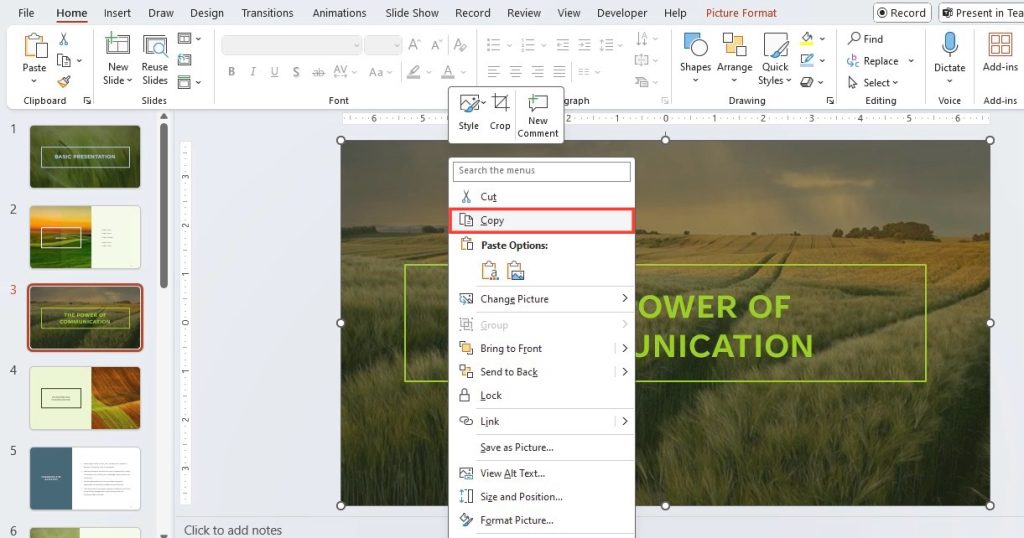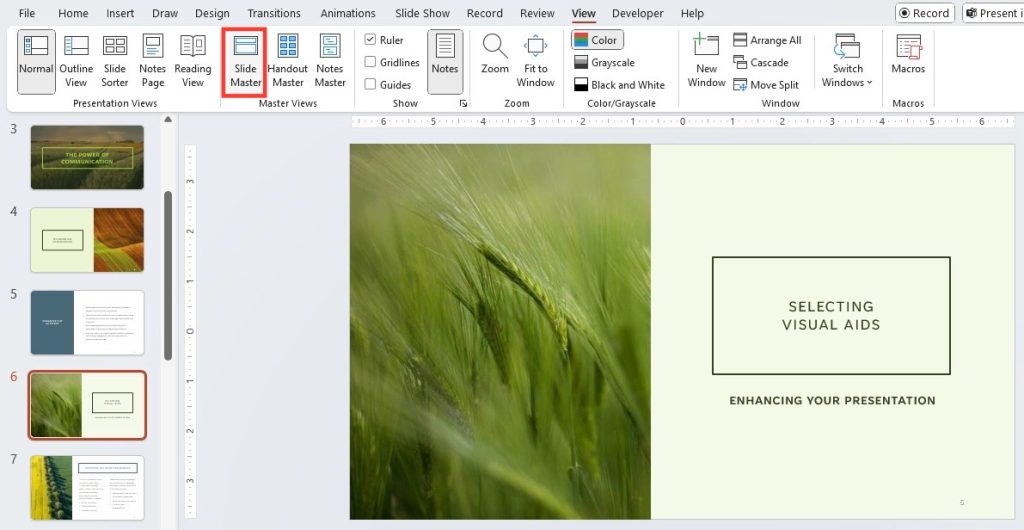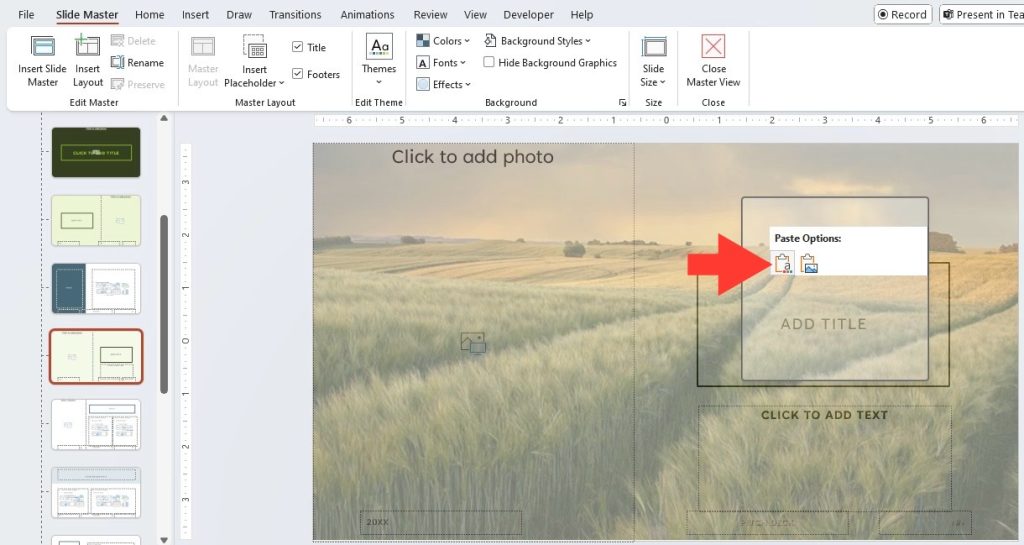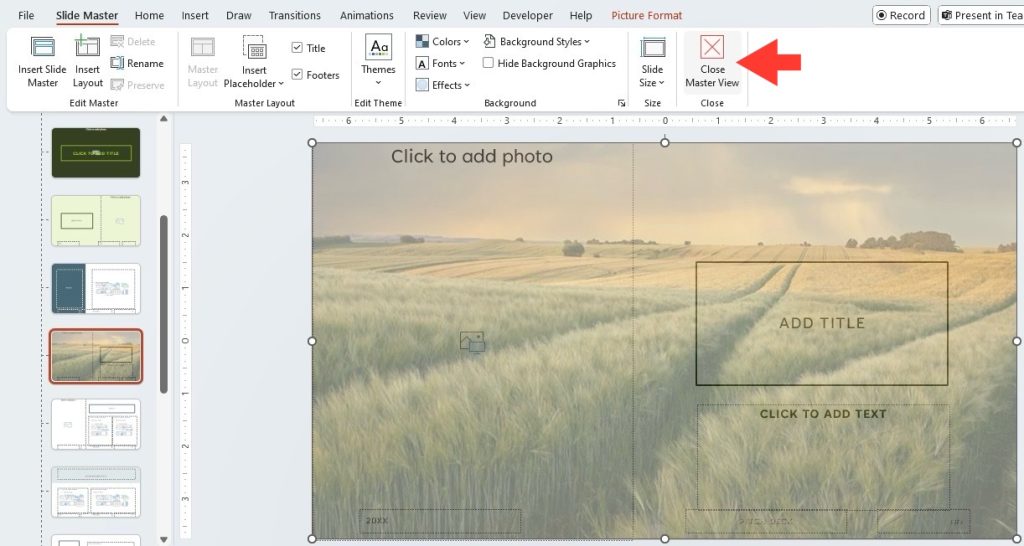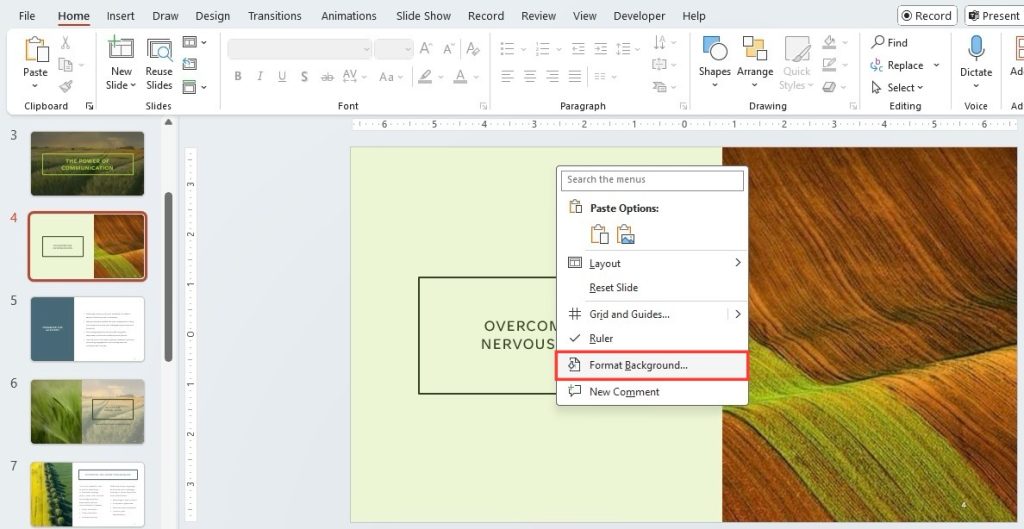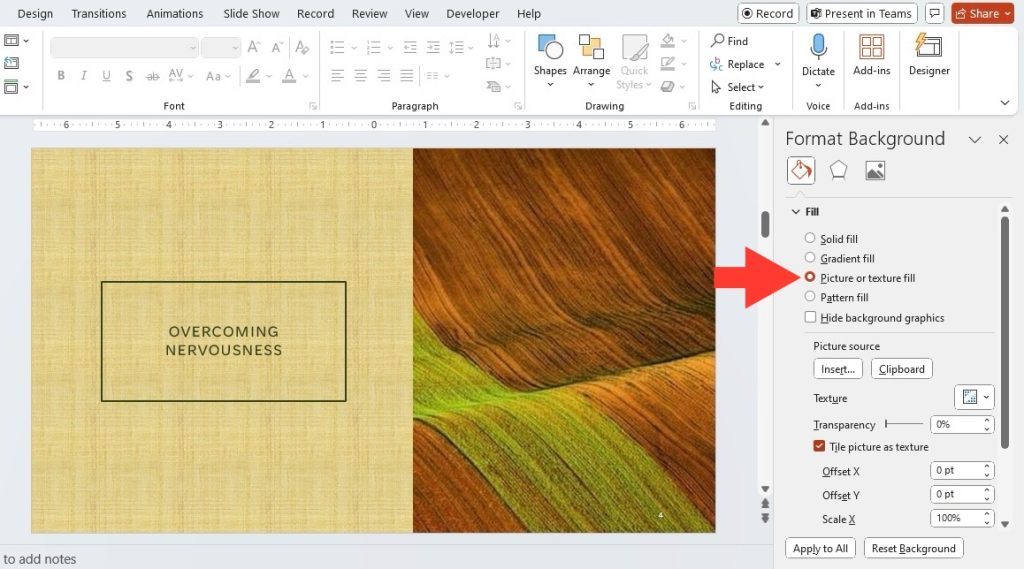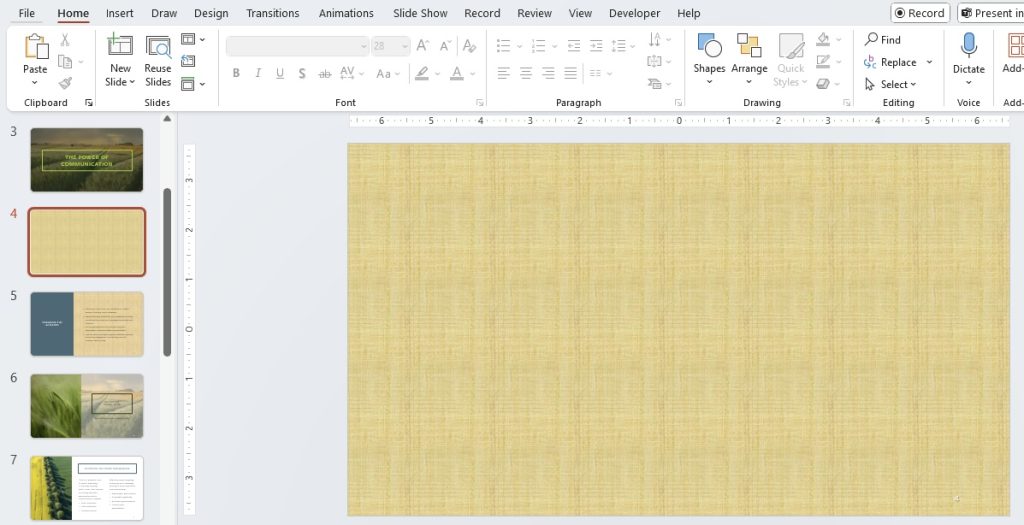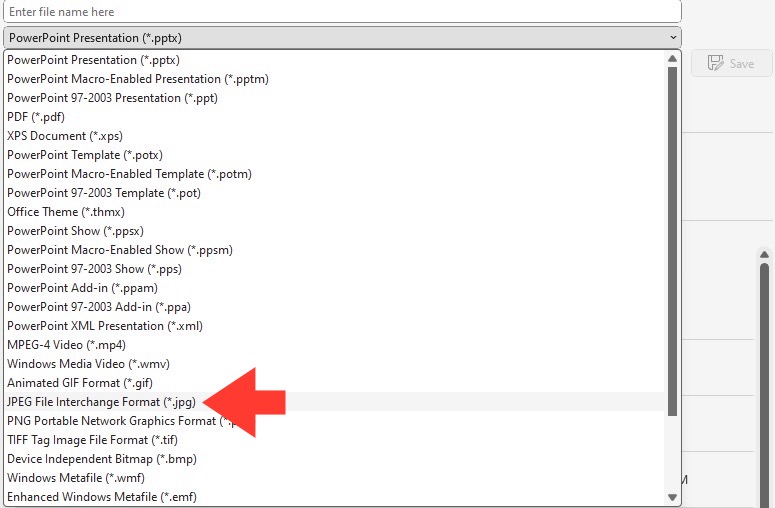Slide backgrounds are the unsung heroes that bring your PowerPoint presentations to life. They help set the tone, engage the audience, and make your content pop. Consider them your canvas; with the right choice, they can elevate your presentation to new heights, drawing the audience’s focus to key points while also providing an aesthetic appeal that reflects professionalism.
Download our 141 Free Excel Templates and Spreadsheets!
Key Takeaways
- To copy slide backgrounds in PowerPoint, you can right-click on the desired slide with the background you want to copy in the slides pane, select “Duplicate Slide”, and then use the copy as a new slide with the same background.
- Another method is to right-click on the background of a slide and select “Format Background”, and then choose to use a picture or texture fill, where you can insert an image from your computer or other sources as a background for a new slide.
- For a more precise duplication, you can use the “Format Painter” tool: select the slide with the desired background, click on the “Home” tab, choose “Format Painter”, and then click on the slide(s) where you want to apply the same background style.
The Challenge of Consistent Design Across Presentations
Achieving consistency across presentations can feel like a juggling act. You might wonder how to keep the design uniform when jumping between multiple templates, especially when each one comes with its own default background. It’s about striking a balance between recognizable branding and the uniqueness of each presentation’s content. When consistency in design falls short, it can lead to confusion, a less impactful message, and a diminished professional image.
Table of Contents
Preparing to Copy Slide Backgrounds
Understanding the Slide Master View
The Slide Master view is your control center for designing a truly coherent PowerPoint presentation. Here, you’re stepping behind the scenes to manipulate the core aspects that dictate how your slides look and feel. By entering this mode, you gain the power to customize fonts, color schemes, and placeholder positions across all slides, ensuring consistency and saving you from the tedium of making changes to individual slides.
Identifying the Background Elements to Copy
When you’re ready to harmonize your presentation’s aesthetic, identifying the elements of your slide background to copy is crucial. Take a close look at your source slide. What makes it stand out? Is it a unique color gradient, a company logo, a watermark, or perhaps a specific texture or image? Pinpoint these components so you can replicate them accurately in your target presentation. This attention to detail will ensure the backgrounds you copy not only look good but also serve their purpose of complementing your presentation’s content.
Step-by-Step Process for Copying Backgrounds
Transferring Backgrounds to Target Presentation
Select the background element you wish to copy, right-click and hit ‘Copy’ or use the keyboard shortcut Ctrl + C.
Next, switch to your target presentation, navigate to its Slide Master view, find the main master slide—or the specific layout you want to change—and paste the background element using Ctrl + V.
Adjust it as needed to fit the new slide, and voilà—you’ve seamless transferred your design element!
Advanced Techniques and Tips
Utilizing High-Quality Images for Backgrounds
For a professionally polished look, you can’t beat high-quality images for your slide backgrounds. Always choose images that are high resolution to avoid any blurriness when projected onto a big screen. You’re aiming for crisp, visually appealing pictures that add depth to your presentation without overwhelming the content. Remember, the image should support your message, not distract from it.
Using Templates for a Uniform Look and Feel
Templates are the friends you can rely on for a uniform look and feel across your presentations. They come preset with background designs, fonts, and layouts, so all you need to do is plug in your content, and you’re assured of a consistent style that resonates with your brand or message. Investing in well-designed templates can save you tons of time and give all your work that signature look that audiences will start to recognize and trust.
Maintaining the Originality of Your Slides
Adding Personal Touches to Copied Backgrounds
While copying backgrounds can streamline your design process, adding personal touches ensures your presentation doesn’t feel cookie-cutter. You might adjust the transparency of an image for subtlety, layer shapes for depth, or sprinkle in icons that align with your topic. Experiment with fonts and colors for text emphasis, or insert a relevant quote to humanize the slide. These nuanced additions help your presentation stand apart while still maintaining design consistency.
When to Opt for Customization Over Duplication
Duplication is efficient, but customization is key when your message demands distinctiveness. It’s a fine line to walk—you want to preserve your overall branding while also giving each presentation its unique flair. Choose customization when addressing different audiences, when you want to emphasize a specific point, or when the subject matter is unique. Custom slides can give a fresh and tailored perspective that keeps your audience engaged and conveys that you’ve crafted your message just for them.
FAQ Section
How can I copy a background from one slide to another without using the Slide Master?
You can copy a background directly from one slide to another by right-clicking on the slide with the desired background, selecting ‘Format Background’, and then clicking on the ‘Picture or texture fill’ option. Copy the background using Ctrl + C. Next, go to the slide where you want the background, right-click, and choose ‘Format Background’ again, then paste using Ctrl + V.
How do I extract the background of a PowerPoint presentation?
To extract the background, remove any text or images from the slide, leaving only the background. Go to ‘File’, click ‘Save As’, choose ‘JPG’ or ‘PNG’, and save. When prompted, select ‘Single Slide’. The saved image file is your extracted PowerPoint background.
What should I do if the copied background does not display correctly on the new slide?
If the background isn’t displaying correctly, check the format and size of the background image to ensure it matches your slide dimensions. Adjust the image using ‘Format Background’ settings, aligning it properly. Alternatively, confirm compatibility issues between different PowerPoint versions and resolve them for proper display.
John Michaloudis is a former accountant and finance analyst at General Electric, a Microsoft MVP since 2020, an Amazon #1 bestselling author of 4 Microsoft Excel books and teacher of Microsoft Excel & Office over at his flagship MyExcelOnline Academy Online Course.

